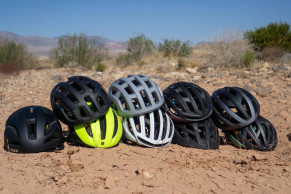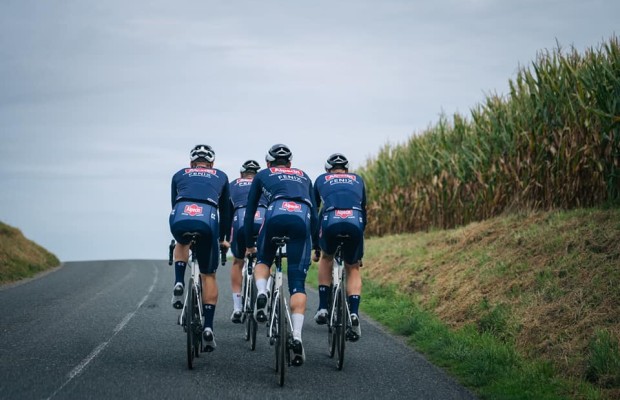The most expensive cycling helmets are not always safer than the cheaper ones, as stated in this study
Although it is something that intuition and experience have allowed us to infer now, a study from Imperial College London that has just been published in the scientific journal Annals of Biomedical Engineering confirms it. The lighter helmets, which usually coincide with the most expensive ones, are not the safest on the market.

Price and safety do not go hand in hand in bicycle helmets
Let's not be alarmed, that they are less safe does not mean they are not safe. First of all, remember that all helmets on the market must comply with certain homologations that, in the case of Europe, are established according to EU legislation where the resistance tests that the different models that are marketed must pass are specified.
Figures that manufacturers often try to comfortably exceed to avoid problems in an element that is nothing more than a protection equipment for the cyclist. However, when it is not only about seeking protection but also that the helmet is light, aerodynamic, and ventilated, other factors come into play that force brands to seek the best balance between them.
RECOMENDADO

What would you do if you won the lottery? This cyclist bought himself a €20,000 bike

The best exercise routine to do at home

Benefits of training in the cold

The cyclist's patience: how long, gentle training sessions build your best season

Tips for cycling in the rain

25 cycling gifts ideas to get it right

The study carried out by Imperial College London analyzed 30 helmet models, the most popular models in the UK, subjecting them to both linear and rotational impact tests. The conclusion they reached is that higher price does not mean higher protection. In fact, the best results were obtained by the Specialized Tactic MIPS, a mid-range mountain bike helmet within the wide range offered by the American brand. By the way, it is worth noting that the three helmets that scored the highest in this study are signed by Specialized.
In general, the more expensive helmets obtained good results in terms of protection against direct impacts compared to the more modest helmets that showed better performance in the case of rotational impacts. At this point, the study highlights how the presence of the MIPS system does not modify the helmet's behavior in the case of direct impact but is effective in improving results in rotational impacts as this system promises.

On the other hand, the more modest helmets, perhaps due to having more material, behaved worse when dealing with direct impacts. In any case, the study's authors point out that rotational impacts, which are usually associated with more serious brain injuries, are more dangerous.